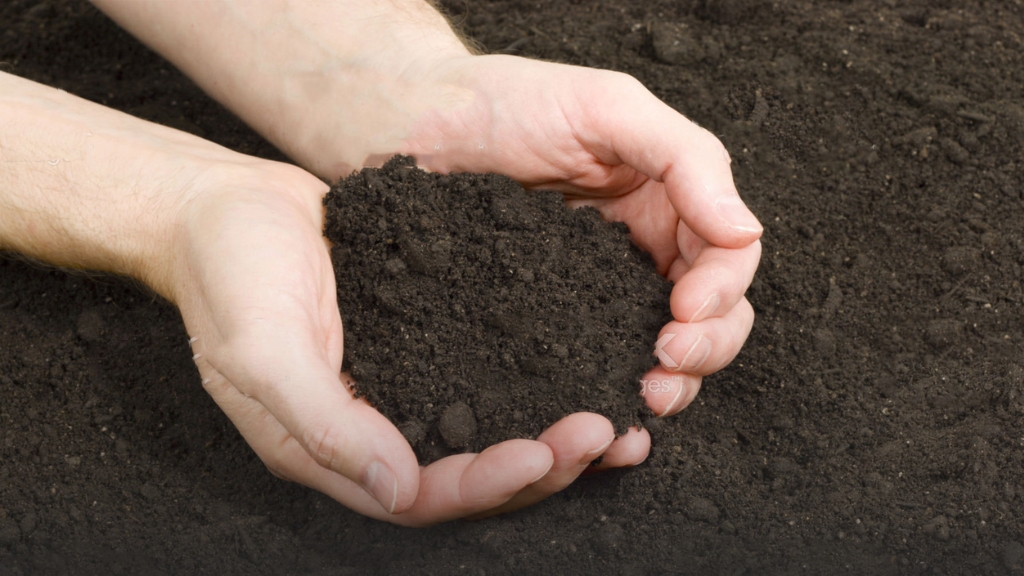Property Geek
We provide the actual and accurate information with unbiased user driven reviews to our viewers, to help them see the best and find the best!
View posts
Crop: Cotton
Color: Black
Region: Tropical and subtropical terrains
Contains: Carbonates, potash, calcium, lime, magnesium, iron, organic matter, nitrogen, and phosphorus
Black cotton soil gets its name from its black color and is formed by the presence of titaniferous magnetite. This soil is clay-rich and is studded with cracks during the dry season to let the airflow through it. This soil is very good for the cultivation of crops, but its shrinkage and swelling are a problem when it comes to engineering structures on it.
This type of black cotton soil is more than 1 cm thick and is typically found in lowlands.
This type of black cotton soil is 30 to 100 cm thick.
This type of soil is suitable for the production of cotton, gram, wheat, and rice. Shallow black soils are less than 30 cm thick. Deep black cotton soils are very fertile and suitable for the cultivation of cotton, rice, citrus fruits, sugar cane, etc. It is made of 40%-60% clay.
Black soil is a sedimentary soil type that occurs at the site of its formation. That is, it does not move from its original location. How? Because it is formed because of the wear and tear of rocks in the area. Formation of black soil requires warm climatic conditions and host rocks from igneous or basalt rocks of volcanic eruptions. These igneous rocks weather and crack from the cooling and solidification of lava which is why it is also called lava rock.
Lime has been used for decades to stabilize black soil. The high plasticity of black soil is gradually reduced with the use of lime, making it easier to work with. And the reaction between soil and lime forms a stronger resistance.
Mixing cotton black soil with brick dust greatly increases the strength of the soil. Mixing bagasse ash-containing brick powder with black cotton soil gradually increases the unrestricted compressive strength of the soil.
The following precautions should be taken when building on black soil.
The depth and thickness of the black soil can be determined from cracks in the ground. Remove soil up to a depth of 1200mm. The foundation trench is 150mm wider and the crack stops below 1500mm deep. The remaining depth and width of the foundation are filled with other materials such as sand, bricks, and fly ash. The foundation is driven to prepare a foundation bed on which a normal foundation can be made.
After removing the black soil, excavate to a depth of 750mm. Widen each side of the base by 75mm and mortar the individual stones. The additional depth is fixed at 450mm, filled with 300mm of sand in a layer of 150mm and fully hammered with an iron rammer. After the black dirt is removed, the extra depth is filled with rock that can be the foundation.
Black cotton soil, also known as “Regur Soil’ covers about 15% of Indian territory. This includes most of the Deccan Plateau, i.e., parts of Andhra Pradesh, Gujarat, Madhya Pradesh, Maharashtra, and Tamil Nadu.
Black cotton soil contains kaolinite, a clay mineral that causes swelling and shrinkage.
The black cotton soil is rich in alumina, magnesia, iron, and lime along with potash. They lack organic matter, nitrogen, and phosphorus.
The pH of black cotton soil lies between 7.2 to 8.5
Because of its high water-retaining capacity, black cotton soil is suitable for growing citrus fruits.